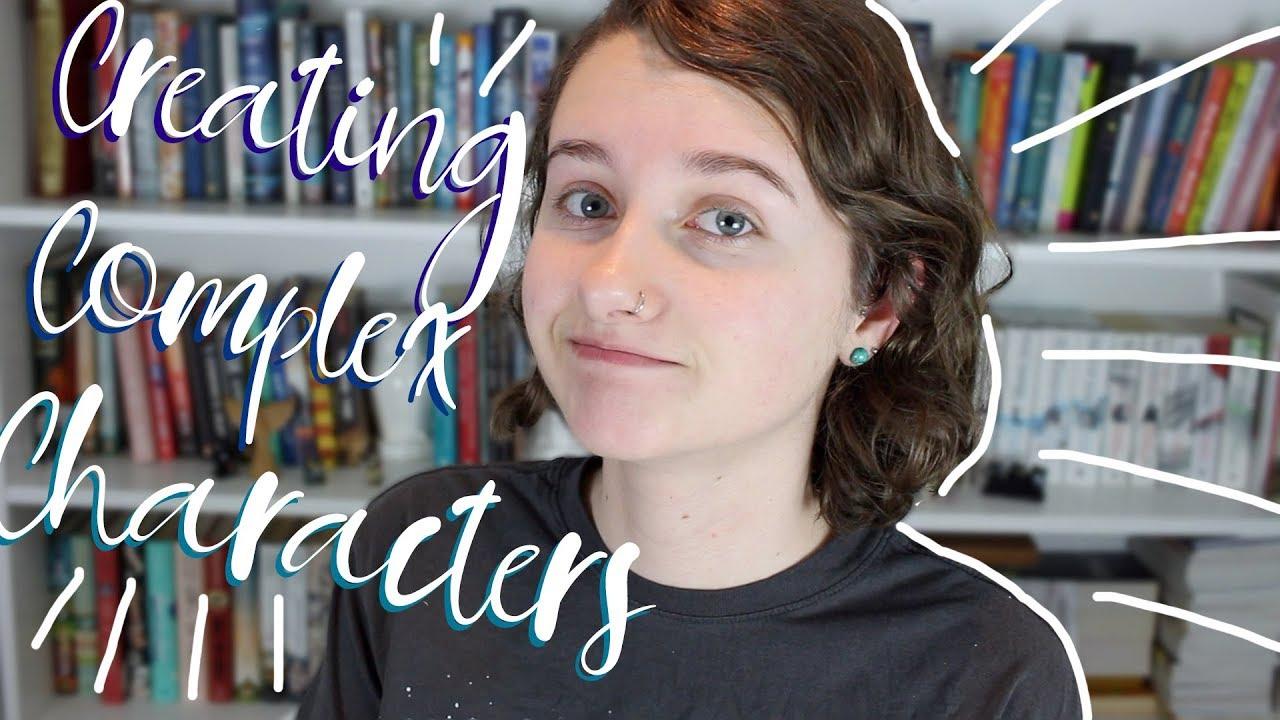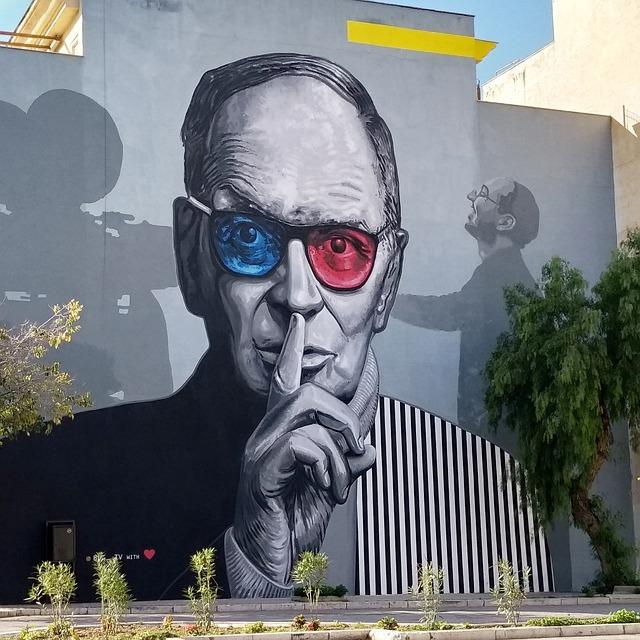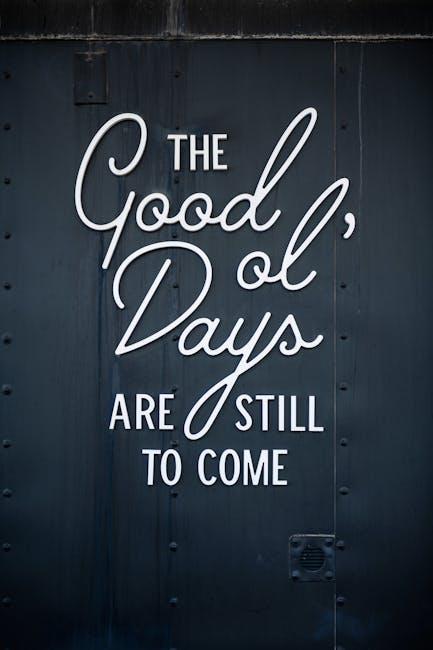When it comes to Western films, few have achieved the iconic status of Sergio Leone’s “The Good, The Bad and The Ugly.” Released in 1966, this masterpiece has transcended its genre, influencing countless filmmakers and captivating audiences for decades. But what is it about this film that continues to resonate so powerfully? In an era where cinematic tastes evolve rapidly, “The Good, The Bad and The Ugly” remains a benchmark against which all other Westerns are measured. This article delves into the elements that solidify its standing as the best Western ever made, from its groundbreaking direction and unforgettable score to its complex characters and thematic depth. Through an analytical lens, we explore why this film’s legacy endures, reaffirming its unparalleled impact on the landscape of cinema.
Cinematic Mastery and Visual Storytelling
The film’s reputation as a cornerstone of Western cinema is largely due to its cinematic mastery and profound visual storytelling. Sergio Leone’s direction turns every frame into a meticulously crafted tableau, where every detail serves the narrative. Leone’s use of wide shots captures the vast, unforgiving landscapes of the American West, creating a backdrop that is as much a character in the film as Blondie, Tuco, or Angel Eyes. His innovative use of close-ups, juxtaposed against these sprawling vistas, builds tension and intimacy, allowing viewers to delve deep into the characters’ psyche.
- Iconic Cinematography: The striking visual compositions elevate the film’s tension and emotion.
- Symbolic Imagery: Visual motifs, like the triadic showdown, encapsulate themes of greed and morality.
- Dynamic Color Palette: The dusty, sun-drenched tones evoke the harshness and beauty of the frontier.
Leone’s partnership with cinematographer Tonino Delli Colli was instrumental in crafting these unforgettable visuals. Together, they pushed the boundaries of the genre, using light and shadow to create a palpable sense of mood and atmosphere. This blend of artistic vision and technical prowess ensures that “The Good, The Bad and The Ugly” remains a timeless masterpiece, continually redefining the Western genre.

Complex Characters and Moral Ambiguities
- The Good, The Bad and The Ugly transcends traditional Western archetypes by presenting characters who defy simple categorization. Blondie, Tuco, and Angel Eyes are not mere symbols of good, evil, and ugliness; they are complex individuals driven by greed, survival, and a sense of twisted justice. This multidimensionality invites viewers to engage with each character on a deeper level, questioning their motivations and moral compass.
- In this cinematic masterpiece, moral ambiguity reigns supreme. Each character navigates a world where traditional morality is blurred, forcing audiences to confront the unsettling reality that the lines between hero and villain are often indistinct. The film challenges viewers to explore the notion that even those deemed ‘good’ may possess flaws, while those labeled ‘bad’ might exhibit unexpected virtues. This intricate portrayal of human nature ensures that the narrative remains compelling and thought-provoking.

Ennio Morricone’s Timeless Score
Ennio Morricone’s score for The Good, The Bad and The Ugly is nothing short of a masterpiece, transcending the film itself to become an iconic piece of cultural history. His music does more than accompany the visuals; it defines them. The haunting melody of “The Ecstasy of Gold” and the unmistakable main theme are woven into the fabric of the narrative, elevating the tension and emotion of each scene.
- Innovative Instrumentation: Morricone utilized unconventional instruments and sounds, from whistling and gunshots to electric guitars and harmonicas, crafting a soundscape that is uniquely his own.
- Emotional Depth: Each character’s theme is meticulously composed to reflect their moral complexities, adding layers to their on-screen presence.
- Timeless Appeal: The score’s ability to resonate across generations speaks to its universal appeal, capturing the essence of the Wild West with unparalleled authenticity.
Morricone’s work is a testament to the power of music in film, an essential element that continues to captivate audiences and solidify the film’s status as the pinnacle of Western cinema.

Cultural Impact and Enduring Legacy
The influence of The Good, The Bad and The Ugly transcends the boundaries of the Western genre, embedding itself in the broader tapestry of cinematic history. Sergio Leone’s masterpiece introduced a revolutionary approach to storytelling and visual style that has inspired countless filmmakers. The film’s iconic use of wide shots and extreme close-ups, combined with Ennio Morricone’s unforgettable score, has left an indelible mark on both the Western genre and the art of filmmaking itself.
Its cultural resonance can be seen in its enduring popularity and continued relevance. Key elements that contribute to its legacy include:
- Character Archetypes: The complex portrayals of the titular characters have set a standard for nuanced anti-heroes.
- Visual Innovation: The use of landscape as a narrative tool reshaped the visual language of cinema.
- Soundtrack Influence: Morricone’s score has become synonymous with Westerns, influencing scores across various genres.
These elements have not only solidified its status as a quintessential Western but also as a timeless piece of art that continues to captivate new generations.

